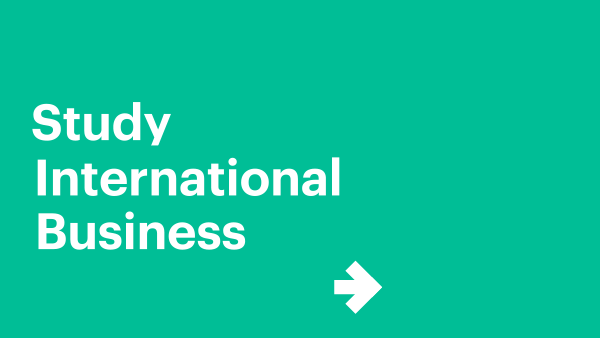Who knows what goes on inside our heads? Obviously, some people know more than others about the inner workings of the human mind – but why should the details of brain function concern us as leaders and managers?
The answer comes down to the need to create the conditions under which most people perform optimally. In this article we will look at how the brain receives and reacts to sensory input, and what we can do as managers to promote work performance both for individuals and within a team.
You Don’t Have to Be a Neuroscientist
Studies in the relatively new discipline of neuroeconomics – what a person’s brain does when they make decisions – confirm much earlier findings that certain distinctions between good and bad, pleasure and pain, safety and threat, are hardwired into our biology. However, these distinctions also change over time, while also varying in accordance with the immediate circumstances.
Although neuroscientists avoid making claims that certain areas of the brain are responsible for doing such-and-such, they do talk confidently of the pleasure centers in the brain, the sites for vision and speech, and the parts of the brain that are fired up when a person is emotionally aroused.
Significantly, the brains of humans and other animals contain a mechanism that is designed to give priority to bad news or threats. So, how can we optimize a work environment to reduce stressful conditions and enhance the factors that promote wellbeing?
Active vs. Reactive
Taking control of our work environment, as opposed to the default mode of reacting to outside stimuli, requires us to establish boundaries that filter the noise all around us. The feeling of being overwhelmed by this barrage of stimuli triggers an instinctual stress reaction of fight or flight. Managing our thoughts by setting boundaries in the brain, according to some sources, helps us to focus and work in a more sustainable way.


Conscious Attention
Athletes talk about being ‘in the zone’, a state of mind and body that transcends effort and exertion. A similar state of mind can be achieved at work. If a task is sufficiently challenging, without exceeding the person’s abilities, work can capture one’s complete attention.
Managing Interruptions
A workplace that allows for constant interruptions, such as an open plan office, detracts from concentration flow and may give rise to shrinking attention spans, the inability to stay on task, and shifting focus randomly from one task to the next.
Alarmingly, remote work arrangements may be even worse than offices with regard to concentration, as they increase the types of communication you must track. Constantly checking your email while receiving messages on your phone and notifications of upcoming appointments can be detrimental to concentration.
These distractions require conscious self-management by setting ‘rules of engagement’ with your electronic devices. The more we give in to these interruptions, the less control we have over their power to break our concentration on the task at hand.
A study that enforced daily quiet time or no interruption zones (no email or phones between certain times) showed dramatically improved work performance amongst the study participants.
Subconscious to Conscious
There is a lot going on in our heads at any one time. Studies of the factors that promote attention span have identified factors such as age, early exposure to television, parenting skills, and intrinsic motivation – amongst many others – as all playing a part.
One way of reducing the distraction of stressful thoughts is to label or verbalize the thoughts, feelings and emotions that run through our heads during times of stress. Thought labeling brings stress-inducing emotions into consciousness, where they can be compartmentalized for later attention if necessary.


Brain Rest and Recuperation
Healthy adults and teens have an attention span of five to six hours, assuming few distractions and an engaging task that is within their ability. Within that time span we require variety and stimulation, together with breaks to refuel. This is why high school and college classes are typically set at 40 minutes to an hour in length.
The nature and duration of ‘brain breaks’ varies from person to person, depending on a wide variety of developmental and environmental factors. The need for rest is why we have school recesses, work lunch breaks, weekends and annual vacation time. The brain needs time to refocus and reset.
Sharing our Brains: Beyond the Boundaries
Cognitive scientist Nancy Cooke makes reference to “extended cognition”, where the mind (or “brain-in-action”) extends beyond our body to the tools we use. So, driving a car and using a computer are examples of extended cognition.
In a similar manner, work teams may develop a “shared mind” when they have a similar knowledge base. This shared knowledge base includes a set of skills to perform the task, information about the task environment, and understanding of the characteristics and typical behaviors of the other team members.
Although working as separate minds, it is easy to see how effective teams report that they experience a sense of “flow” while engaged in a group activity.
Final Thought
Our minds – a combination of attention (listen to this), inhibition (don’t listen to that) and working memory (what information is relevant to this task?) – is a wondrous mechanism that is easily susceptible to distraction.
Practicing your concentration skills by completing one of EU Business School’s many qualifications is a fantastic way to ensure that your brain exercises its full potential.














